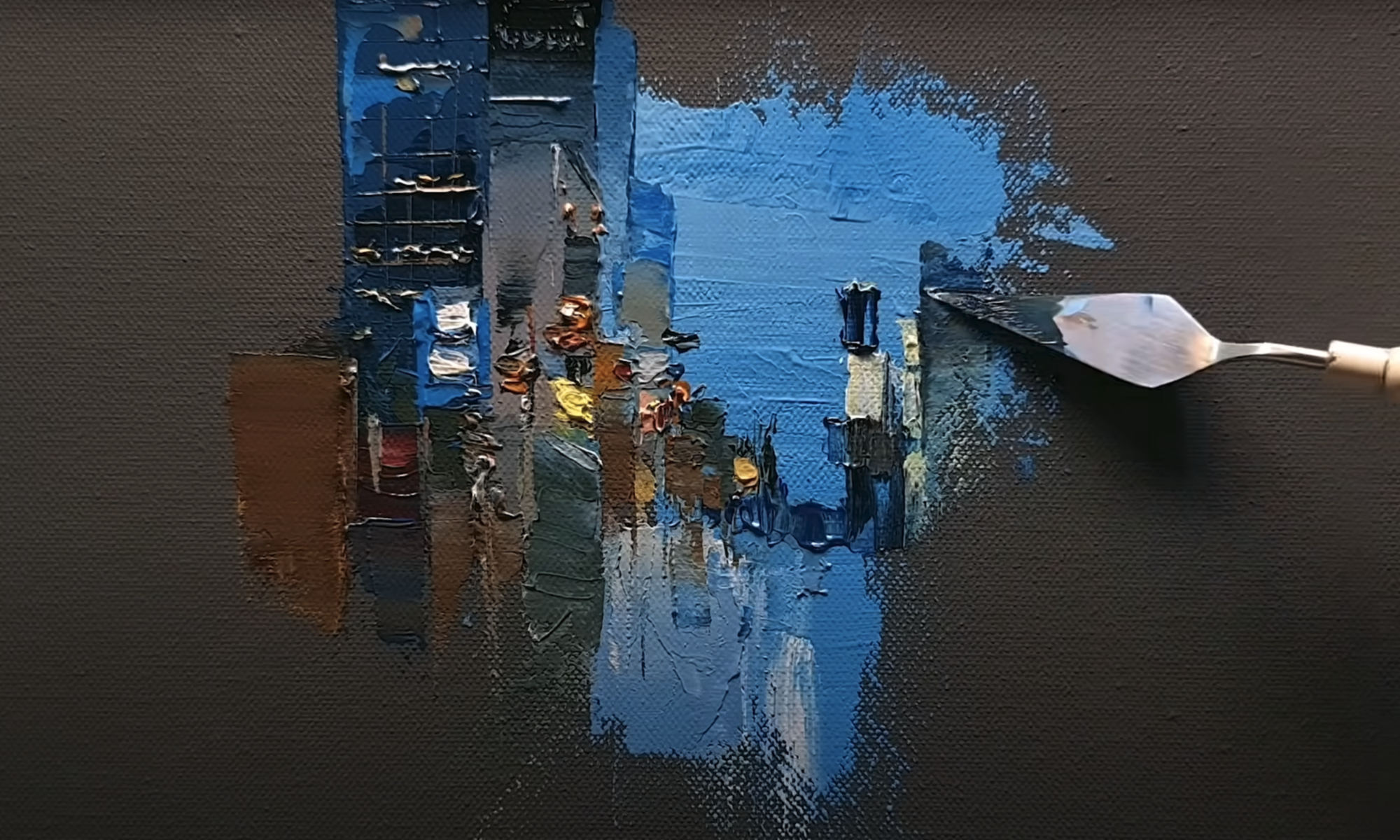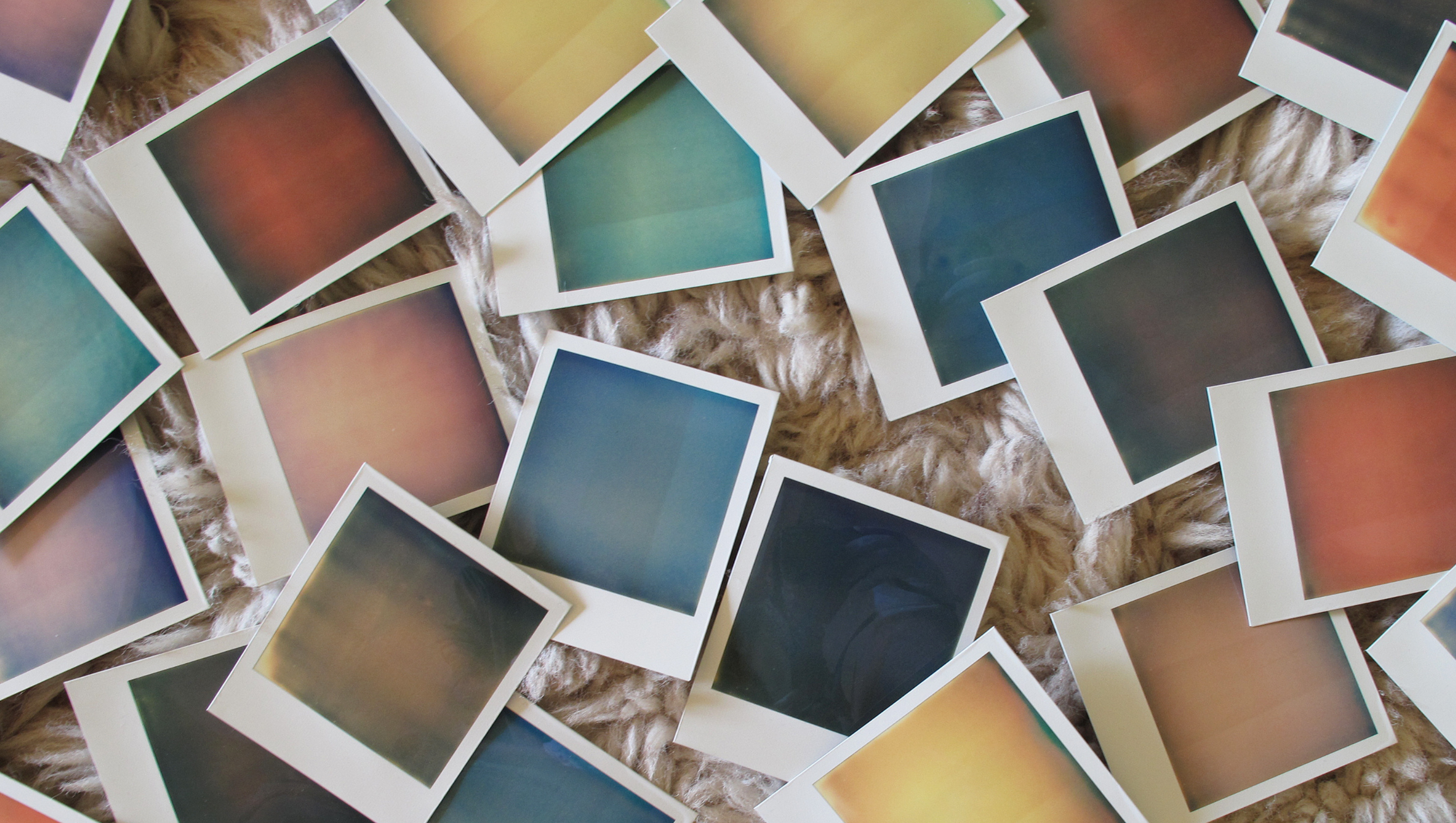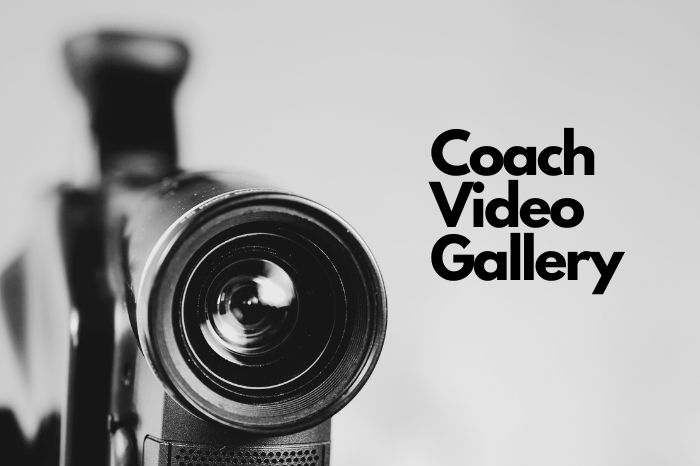As a writer, I can’t help it — I see metaphors for writing everywhere. Even when I’m mindlessly scrolling the internet, trying to get out of my head for a few minutes, I’ll see something and think: that’s just like writing! This happened recently, after I bought my son his first set of good watercolor paint brushes and the All-Knowing Algorithm began spamming my social media feeds with painting videos. Some were instructional, offering tips on how to render the perfect flower petal. Others demonstrated how to use perspective and shadows to create the illusion of depth. But what I loved were the time-lapse videos of artists painting while hours (and sometimes days) of their work condensed into mere minutes.
The first blotches of color on the canvas always looked messy, misshapen, ill-considered. It seemed impossible that anything could come from them. In this long time-lapse video from the painter Dusan Malobabic, it took me several minutes to realize it wasn’t an exercise in abstract expressionism but rather a rainy street scene. He had been bringing it to life from the very beginning, only I hadn’t realized.
That’s just like writing!
Steve shares his inspiration for this post.
When I first started watching painting videos, I found them incredibly soothing, but I couldn’t put my finger on why. Later, it hit me: watching them, I never doubt that in the end something beautiful will emerge.
A time-lapse video of my first drafts would also seem messy, misshapen, and ill-considered. Sentence after sentence, I sketch out ideas that later get blurred, redone, shaded, smudged, rearranged. In the margins, I make notes and ask questions. I highlight words and phrases that somehow don’t feel right. Like Oscar Wilde, I spend all morning removing a single comma and all afternoon putting it back. As I work my process, however, a story emerges. It may not be the one I intended to tell when I first started writing. Or it may be the story I intended to tell, but it might mean something different. This is what makes writing magical to me. From deep inside a draft, new opportunities appear as I work along. I know that if I pay attention, I’ll be rewarded with a detail or an image that somehow breaks the whole thing open, revealing to me what it is I’ve been trying to say. And once I glimpse that essence, the other tasks I need to do — the organizing, editing, and polishing — all become readily apparent.
That kind of clarity is always such a relief, and it’s hard to stay patient enough to find for yourself, especially when you’re first starting out as a writer. A finished painting — and a finished essay, too — create the illusion of having come into the world all of one piece, fully formed. But that’s nearly never how it happens. Rather, the work comes to life detail by detail, through careful attention and presence and patience.
When I first started watching the painting videos, I found them incredibly soothing, but I couldn’t put my finger on why. Later, it hit me: watching them, I never doubt that in the end something beautiful will emerge. In my own work, I am full of doubt. I’m always trying to assess the value of what I’ve written before it’s finished and feeling discouraged by a lack of progress. But there’s no need for that. The painting videos remind me that it’s okay — in fact, preferable — to slow down, to work a process. That’s what we do as coaches at Hillside, and that companionship — those reminders to ignore doubt and embrace messiness, to think not in terms of completion, but in terms of layers — that’s one of the abiding pleasures of this work. It’s the layering of colors and shapes, ultimately, that lends dimension to a flat white canvas. And again — that’s just like writing! Only with writing, we paint with words and images and ideas. Each new sentence is a brushstroke on the blank page. Do we like it? What is it trying to tell us? Where does it want to go next? What does it want to be? The only way to find out is to write another.
Steve is a Hillside coach.




